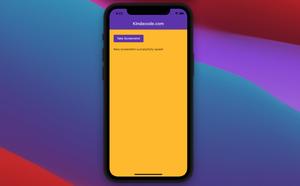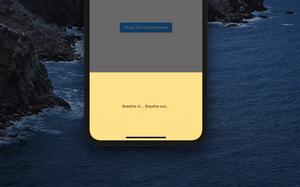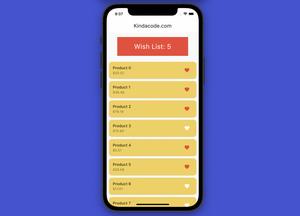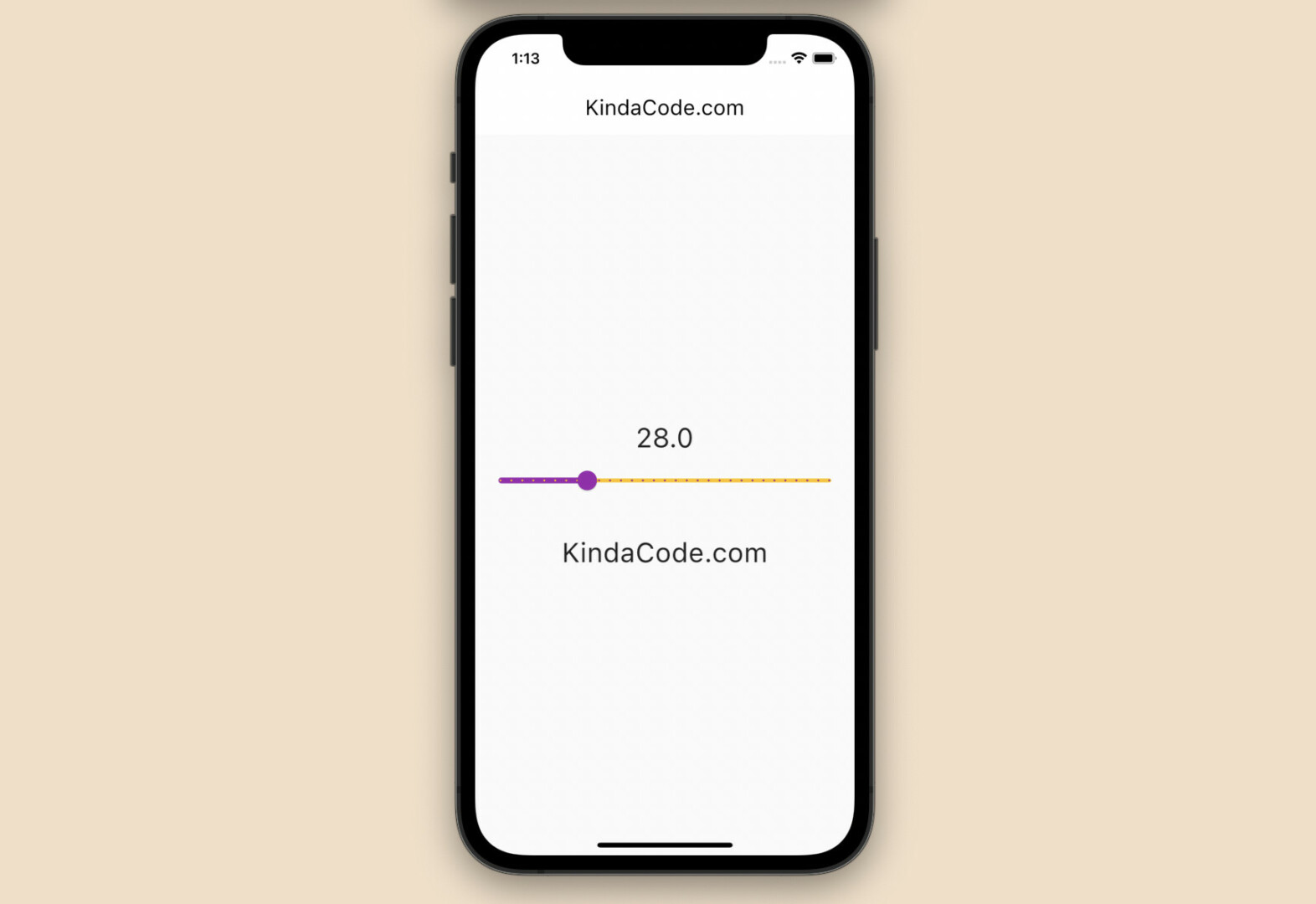
This article is about the Slider widget in Flutter. We will explore the fundamentals of this widget and walk through a complete example of using it in practice.
Table of Contents
A Brief Overview
The Slider widget creates a material design slider that is used to select a single value from a range of values (if you want to make an iOS-style slider, see Flutter CupertinoSlider). You can implement it with the following constructor:
Slider({
Key? key,
required double value,
required ValueChanged<double>? onChanged,
ValueChanged<double>? onChangeStart,
ValueChanged<double>? onChangeEnd,
double min = 0.0,
double max = 1.0,
int? divisions,
String? label,
Color? activeColor,
Color? inactiveColor,
Color? thumbColor,
MouseCursor? mouseCursor,
SemanticFormatterCallback? semanticFormatterCallback,
FocusNode? focusNode,
bool autofocus = false
})If you prefer an adaptive slider, use this one:
Slider.adaptive({
Key? key,
required double value,
required ValueChanged<double>? onChanged,
ValueChanged<double>? onChangeStart,
ValueChanged<double>? onChangeEnd,
double min = 0.0,
double max = 1.0,
int? divisions,
String? label,
MouseCursor? mouseCursor,
Color? activeColor,
Color? inactiveColor,
Color? thumbColor,
SemanticFormatterCallback? semanticFormatterCallback,
FocusNode? focusNode,
bool autofocus = false
})In general, we often care about value, onChanged, min, max, and label the most.
The Example
App Preview
The app we are going to build contains a slider and a text widget in the center of the screen. You can use the slider to change the font size of the text. Here’s how it works:
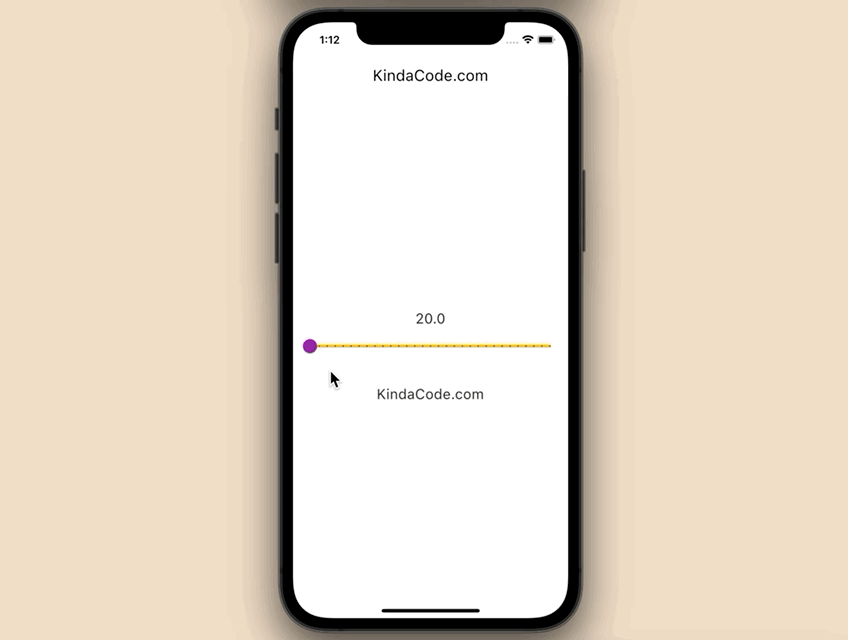
The Code
The complete code in main.dart:
// main.dart
import 'package:flutter/material.dart';
void main() {
runApp(const MyApp());
}
class MyApp extends StatelessWidget {
const MyApp({Key? key}) : super(key: key);
@override
Widget build(BuildContext context) {
return MaterialApp(
debugShowCheckedModeBanner: false,
title: 'KindaCode.com',
theme: ThemeData(
// neable Material 3
useMaterial3: true,
primarySwatch: Colors.green,
),
home: const HomePage(),
);
}
}
class HomePage extends StatefulWidget {
const HomePage({Key? key}) : super(key: key);
@override
State<HomePage> createState() => _HomePageState();
}
class _HomePageState extends State<HomePage> {
// The font size of the text
// This can be changed by the slider
double _fontSize = 20;
@override
Widget build(BuildContext context) {
return Scaffold(
appBar: AppBar(
title: const Text('KindaCode.com'),
),
body: Column(
mainAxisAlignment: MainAxisAlignment.center,
children: [
Text(
_fontSize.toString(),
style: TextStyle(fontSize: _fontSize),
),
Slider(
value: _fontSize,
min: 20,
max: 50,
divisions: 30,
label: _fontSize.toString(),
activeColor: Colors.purple,
inactiveColor: Colors.amber,
onChanged: (value) {
setState(() {
_fontSize = value;
});
}),
const SizedBox(
height: 30,
),
Text(
'KindaCode.com',
style: TextStyle(fontSize: _fontSize),
)
],
),
);
}
}Conclusion
You’ve learned how to create a material slider that allows your users to select a value from a range. If you’d like to explore more new and exciting things about Flutter and mobile development, take a look at the following articles:
- Flutter: Firing multiple Futures at the same time with FutureGroup
- Flutter & Dart: 3 Ways to Generate Random Strings
- Flutter: How to Draw a Heart with CustomPaint
- Flutter: Stream.periodic example
- 2 Ways to Create Flipping Card Animation in Flutter
- Flutter: DropdownButton Example
You can also check out our Flutter category page or Dart category page for the latest tutorials and examples.




